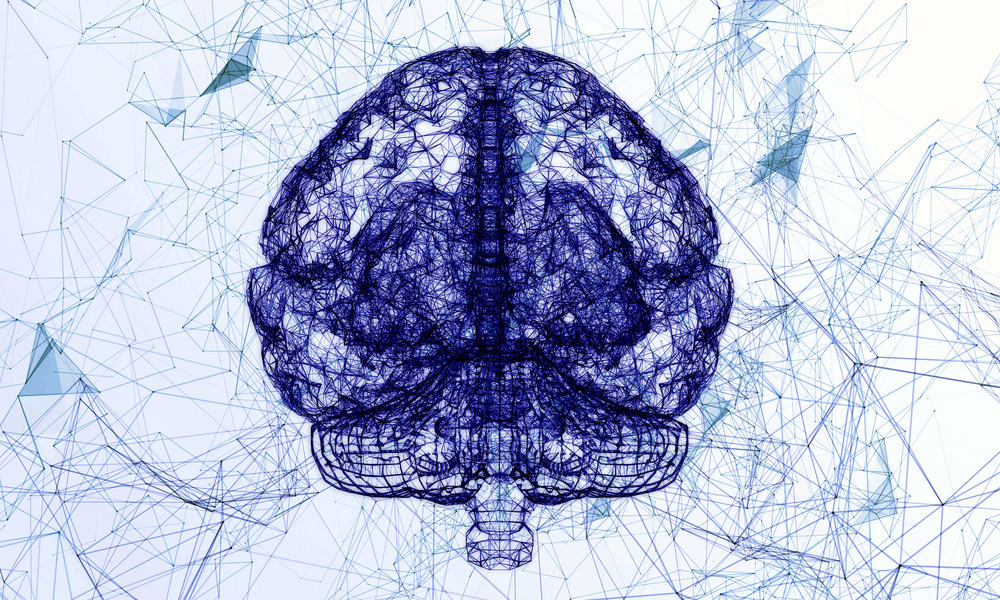Excess Iron in Brain Cells Worsens Parkinson’s Symptoms, Mouse Study Shows

While excess iron in the brain often accompanies Parkinson’s disease, it remains unknown whether the iron overload actually causes the neurodegenerative disorder or is merely a product of it.
New research now sheds greater light on the role that iron plays in the development of a Parkinson’s disease model. It also illustrates how certain cells regulate the brain’s response to changing iron levels.
The study, entitled “Iron overload induced by IRP2 gene knockout aggravates symptoms of Parkinson’s disease,” was published in the journal Neurochemistry International.
Iron regulatory protein 2 (IRP2), a gene involved in iron metabolism, responds to low levels of cellular iron in the brain. It acts through two other genes, TfR1 and DMT1, to increase iron uptake by cells. Conversely, when IRP2 senses an increase in intracellular iron, it acts to limit iron storage within cells.
Because of IRP2‘s critical role in iron homeostasis, or the balance of iron within the body, a group of researchers from Heibei Normal University in Shijiazhuang, China, asked whether a Parkinson’s disease model could be induced when IRP2 was not present.
The team treated mice that lacked IRP2 with a compound called MPTP, a chemical commonly used to create models of Parkinson’s in mice. MPTP crosses the blood-brain barrier (BBB), where it is toxic to the dopamine-producing (dopaminergic) neurons of the substantia nigra (SN), a brain region severely affected during the course of Parkinson’s. The death of dopaminergic neurons is one of the key features of Parkinson’s disease.
Mice without IRP2 (mutant mice) showed impaired motor skills, compared with their untreated wild-type counterparts. These impairments grew even worse following treatment with MPTP. One of the main tests of motor skills in mice is called the rotarod test, in which a mouse must balance on a rod that rotates around a long axis.
“Most interesting in our experiment, MPTP treatment obviously decreased the amount of time staying on the rotarod for both [wild-type] and IRP2 mice,” the researchers said.
The MPTP-treated mutant mice accumulated more iron in their substantia nigra and lost more dopaminergic neurons in the SN than any other group of mice. Treating the mutant mice with MPTP also changed the gene expression of TfR1 and DMT1, which assist IRP2 in regulating cellular iron. Gene expression is the process by which information in a gene is synthesized to create a working product, like a protein.
The researchers suspect that these genetic changes in TfR1 and DMT1 cause the abnormal iron storage.
MPTP treatment in mutant mice caused changes in iron metabolism not only in dopaminergic neurons, but also in astrocytes, specialized neural cells that protect other neurons from damage, the researchers found. Several studies have linked abnormal astrocyte behavior to the development of Parkinson’s.
In this study, iron-laden astrocytes were less able to protect dopaminergic neurons from the effects of the chemicals used to trigger the Parkinson’s mouse model.
This new research does not answer the question of whether excess iron in the brain can cause Parkinson’s, the researchers noted. However, it does show how such abnormal iron storage contributes to the disease’s progress, and increases scientists’ knowledge of how iron is regulated within the brain.






